.
The Crucifixion of the Serpent
And Moses made a serpent of brass, and put it upon a pole,
and it came to pass, that if a serpent had bitten any man, when
he beheld the serpent of brass, he lived. —Numbers 21: 9
And as Moses lifted up the serpent in the wilderness, even so
must the Son of Man be lifted up, that whosoever believeth in
Him should not perish, but have eternal life. —John 3: 14-15
Do you who pass and see me hanging here
Smile in remembrance of a peaceful garden
Curled like an infant on its mother’s breast?
Thought was fretless to that simple pair
Lost in their unknowing innocence.
Only that sacred fruit tree, serpent-twined,
Called out for knowledge and for sacrifice.
With it began the ancient expiation—
I summoned up my own antithesis.
For mortal knowing souls must slake their thirst
With piquancy of torment, nothing less,
And live in pain, while I creep on the earth
Trodden in the dust by Mary’s heel.
From Eden to the desert to the cross:
I crawled from primal sin to reparation.
Is this your triumph? Knowledge stirred up strife,
Another tree on which to pay its debt,
And moved towards Golgotha with tortured steps.
Rejoice in this redemption, but recall
That I am the matrix of the empty tomb.
.
Poet’s Note: There is a complex typological connection between the tree of knowledge from which Adam and Eve ate the forbidden fruit, the pole on which Moses hung a brazen serpent to cure his people in the desert, and the cross upon which Christ died. The first two explicitly involve a serpent, while the third is the means by which the serpent is defeated. The crucified serpent is also an alchemical symbol meaning “fixation of the volatile,” or more simply, the creation of a stabilized state out of changeable and shifting elements
.
.
Joseph S. Salemi has published five books of poetry, and his poems, translations and scholarly articles have appeared in over one hundred publications world-wide. He is the editor of the literary magazine Trinacria and writes for Expansive Poetry On-line. He teaches in the Department of Humanities at New York University and in the Department of Classical Languages at Hunter College.



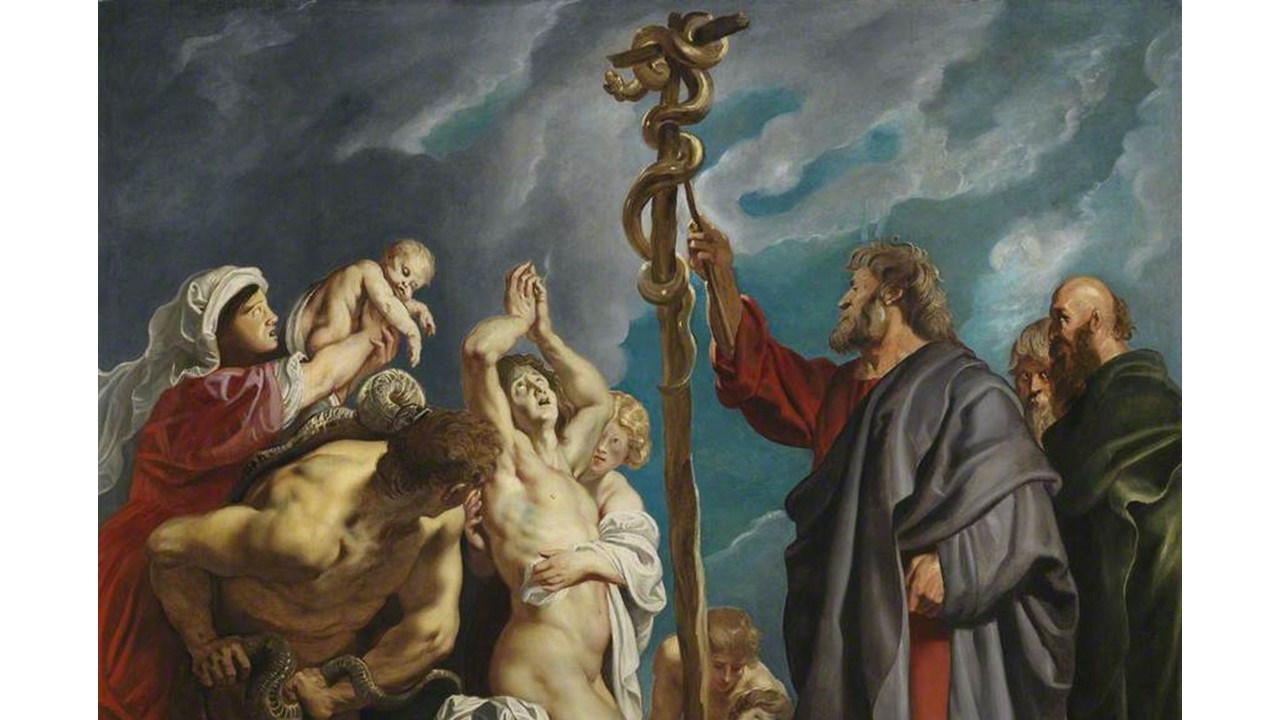
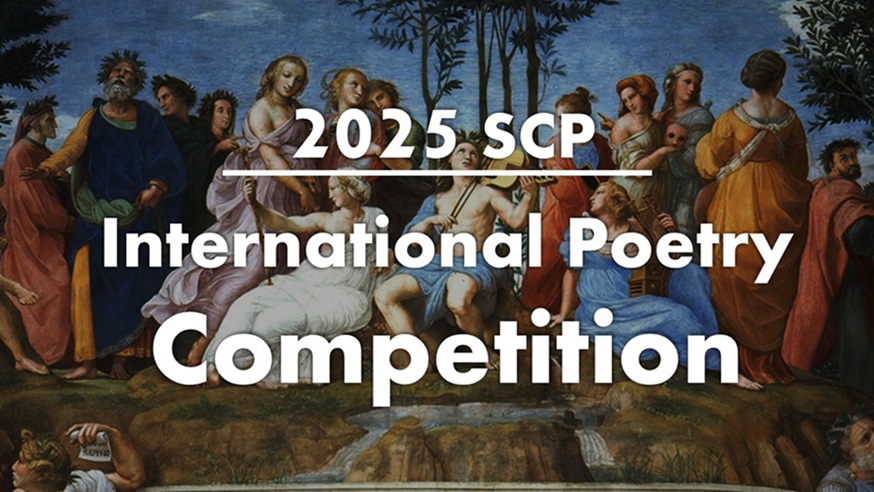
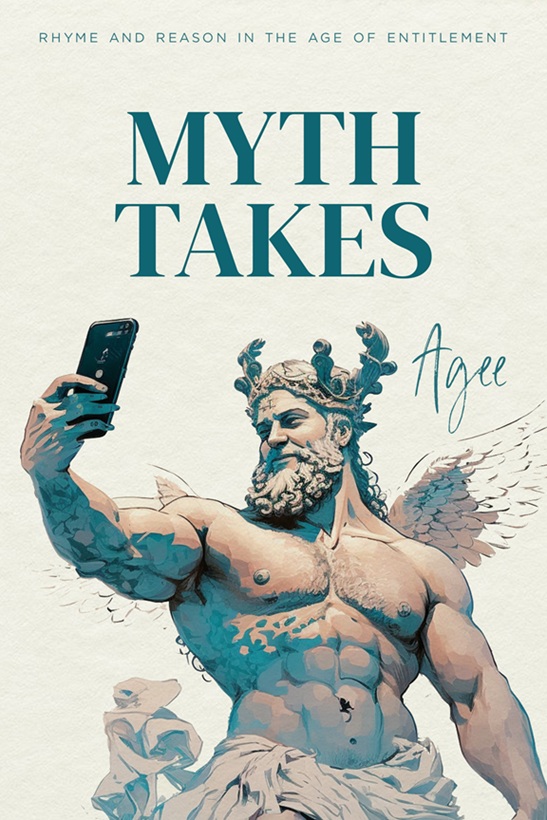


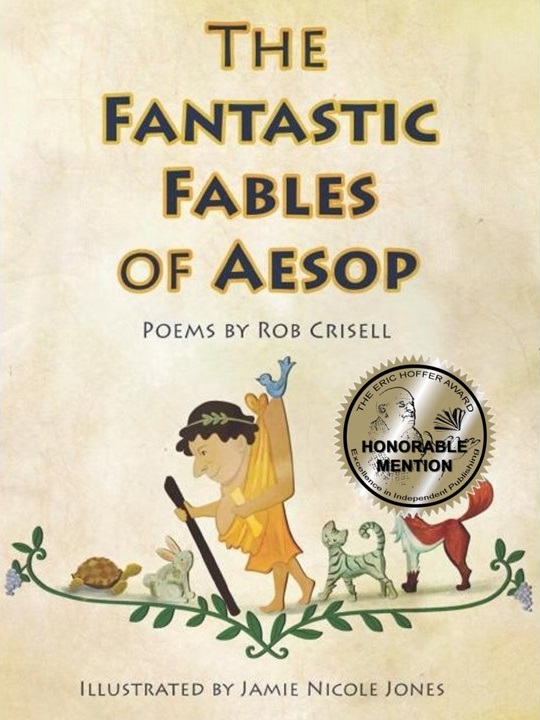


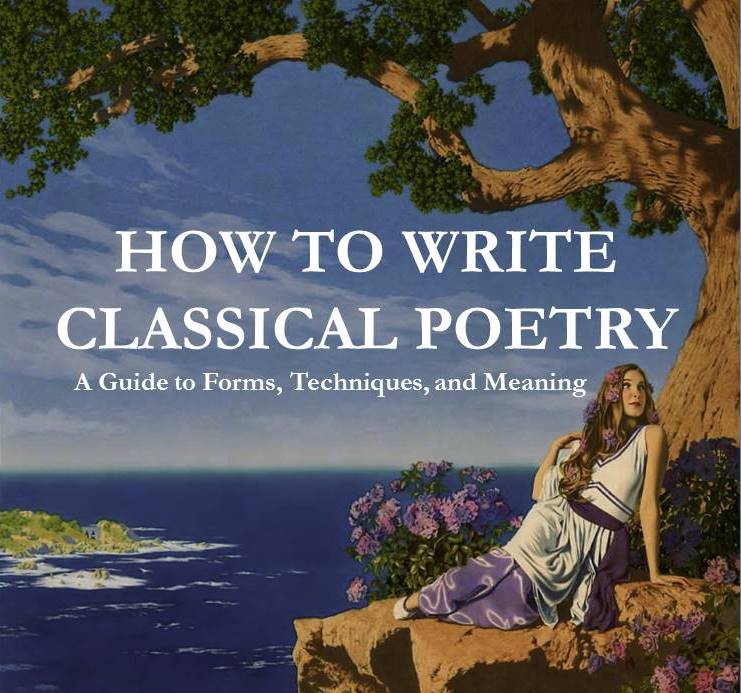




Mr. Salemi,
Very nicely done!
This is quite a stunning piece, Joseph – you refer to the typology as complex but your poem seems equally so. Although it’s difficult to know where to begin, I’ll say this: I love poems with Biblical themes, I love poems with a first person voice and I love poems which feature an antihero, so yours is one guaranteed to intrigue. Thank you for the notes which clarify the poetic decisions you’ve made. You logically address this three-part history of serpentine appearances in the Bible within three stanzas. You build upon the logic of this structure by using a Miltonic blank verse which recalls Paradise Lost. Absolutely brilliant. But it doesn’t just end there. Please forgive me if I am off-base regarding the following. At first I puzzled over the sense of Time in this poem. Is the speaker the brazen serpent displayed by Moses? Possibly not. The title implies a blurring of two different events. As we get deeper into the poem the text suggests that it is not the brass serpent at all but a very real Satan present at the Crucifixion who addresses those “who pass.” The question of which event we are seems intentionally blurred because the events are so inextricably intertwined. Time has become mutable and we can now view things almost from an omniscient standpoint where we can see from the blurring how Satan has woven his way back and forth through the Bible. At the end we are clearly at The Crucifixion where we get that final haunting line which actually makes sense of the entire conflict: “I am the matrix of the empty tomb.” This is really quite remarkable work. Thank you for a most valuable read.
Being something of an Anthroposophist, I think that Lucifer and Satan are two discrete and distinct entities, yet I should note that it has been said that Christ is the true Lucifer (light-bearer). I don’t know whether the latter idea informed this poem, or whether I am simply reading this idea into it. I haven’t written much blank verse, but now I am thinking about submitting some items published many years ago to this site.
Both of you (Brian and Kip Anderson) are very perceptive readers. Yes, the poem is spoken in the voice of Satan, and is what might be called the infernal version of the Felix Culpa topos. Our “felix culpa” (lucky fall into sin) was made possible by the serpent in Eden who was defeated by Christ’s sacrificial atonement on the cross. The brazen serpent of Moses on the pole is a symbolic image of poison being rendered ineffective (those who gazed on this brazen serpent did not die of snakebite), and is thus a foreshadowing of the triumphant sacrifice on Calvary.
The entire counter-intuitive idea behind the Felix Culpa topos is that our fall into sin was a very lucky and fortunate event, since it made possible the glorious redemption accomplished by Christ and His Mother, the Mediatrix of All Graces who crushes the serpent under her foot. My poem is an attempt to read the entire story from the viewpoint of Satan. He is saying “If your culpa was felix, then give me some credit!”
Yeah, Joseph, it’s a bit like the malediction always directed toward Judas. Without his betrayal of Jesus, the event at Golgotha might never have happened, and then where would we be?
Several poets have taken on the voice of Satan, but who else would say, “I am the womb of the tomb” (felix matrix)”? The envious hatred of the Serpent for the Woman is supposed to have been the cause of his fall, and we see him unrepentant in his ultimate line here.
Joseph, the tying together of these three incidents is noteworthy indeed and I will be reading your poem several more times. Initially, this statement intrigues me, namely that the serpent was “Trodden in the dust by Mary’s heel,” and your explanatory comment that “the glorious redemption [was] accomplished by Christ and His Mother, the Mediatrix of All Graces who crushes the serpent under her foot.” I have read and studied the Bible for years and have not found Mary playing any part in redemption, either in the gospels or in the epistles. I’m wondering where this idea comes from.
The Blessed Virgin Mary made possible the redemption by freely accepting the role of the mother of Jesus at the Annunciation (Luke I, 26-38). Without this acceptance, and without the concomitant pain and suffering that it entailed for her as foreseen by Simeon at the presentation of the child Jesus at the temple (Luke 2, 25-35), the redemption of the human race was not possible. She therefore rightly takes the title of Co-Redemptrix, and Mother of God.
Mary’s crushing of the serpent with her heel is prefigured in Genesis 3:15, when God curses the serpent whose lies brought about mankind’s fall: “I will put enmities between thee and the woman, and thy seed and her seed: she shall crush thy head, and thou shalt lie in wait for her heel.” The woman is Eve, her seed is the human race, and the Blessed Virgin (the New Eve who gives birth to the New Adam of Christ) is the implacable enemy of Satan and all his works. Hell shivers to its foundations at the mere mention of the names of Jesus and His Blessed Mother.
As the Mediatrix of All Graces, and the one who intercedes ceaselessly for every single human being, she rightly deserves her title of Co-Redemptrix of the human race. No litany is long enough to include all her titles.
I look forward to seeing your blank verse poetry, CB. Inasmuch as Joseph has produced some solid examples here, I hope to see more from others. You or Joseph among others could articulate the contexts where unrhymed verse is appropriate and discuss the aspects of syntax and poetics that support it.
Blank verse (unrhymed iambic pentameter) is traditionally our default choice for serious poems in English, very much as dactylic hexameter was for Roman writers. The lack of a rhyme scheme means that the poet can focus specifically on the substance of his argument, with a free selection of diction. As for syntax in blank verse, all it demands is a bit more formality and conservatism than you might expect in the more colloquial genres.
One thing: blank verse should never be used for comic poetry. It just doesn’t work.
This is a profound piece which for me demands re-reading in order to fully appreciate each of the three parts, and the whole. I especially love the conclusion, where a defeated Satan attempts to salvage some credit for the redemption.
This is indeed a marvelous weaving of the three themes. The Bible is explicit with the “cross”-reference between Numbers 21 and Jesus’ crucifixion–a connection which Jesus himself makes explicit, with the New Testament Greek using the same verb (υψόώ) for “lifted up” or “raised on high”) as is used in Numbers 21. The tie with Genesis is implicit in Scripture and the poem’s conflation of the three sin/salvation archetypes from Satan’s perspective generates a myriad of paths worthy of further exploration.
The Bible speaks of “milk” versus “meat.” This is meat.
Keep in mind that the poem also has an alchemical significance. The crucifixion of the serpent is also a symbol of the transformational stage wherein
“volatile” elements (i.e. those in motion) become fixed in stability. This poem was part of a trilogy of alchemical poems, the others being “Revivification of Mercury” and “The Green Lion.” As C.G. Jung pointed out, a number of alchemical processes and states can be paralleled in devotional practice and experience.
Yet another intriguing direction to pursue!
Very nice!
You treat biblical themes very nicely and originally, which is quite rare. The common pitfall with much poetry that treats religious themes is to fall into the trap of didacticism. It just becomes very descriptive, essentially just a manipulation of symbols, with very little original insight or poetic effect.
Daniel Leach once put it very succinctly when commenting on a poem (Incense) by Adam Sedia. He said:
“Often, although no doubt motivated by true spiritual inspiration, many poets take the easy pathway of merely referring to the names and symbols of things the experience of which they assume their audience to share, rather than invoking the actual idea, and the emotion associated with it, from which those things arise. This, at its worse, degenerates into didacticism, among the worse sins in poetry.”
This one, along with your poem on the various idols made of stone are very fine and original pieces.
Thank you all for your kind words.
This poem stirs me, intrigues me, and bothers me – probably because Satan is the first-person narrator who, even in defeat, claims victory and glory in a matter-of-fact manner that makes me shiver. But, that’s how the defense of evil is often served up… as a slice of cool, calm charm that masks the roaring fire of hell beneath. I’ve enjoyed the education I’ve received from the notes and the comments, but the words of the poem… understated, passionless, and rational – they’ve hit me hard. Very well done, indeed. Thank you, Joseph.